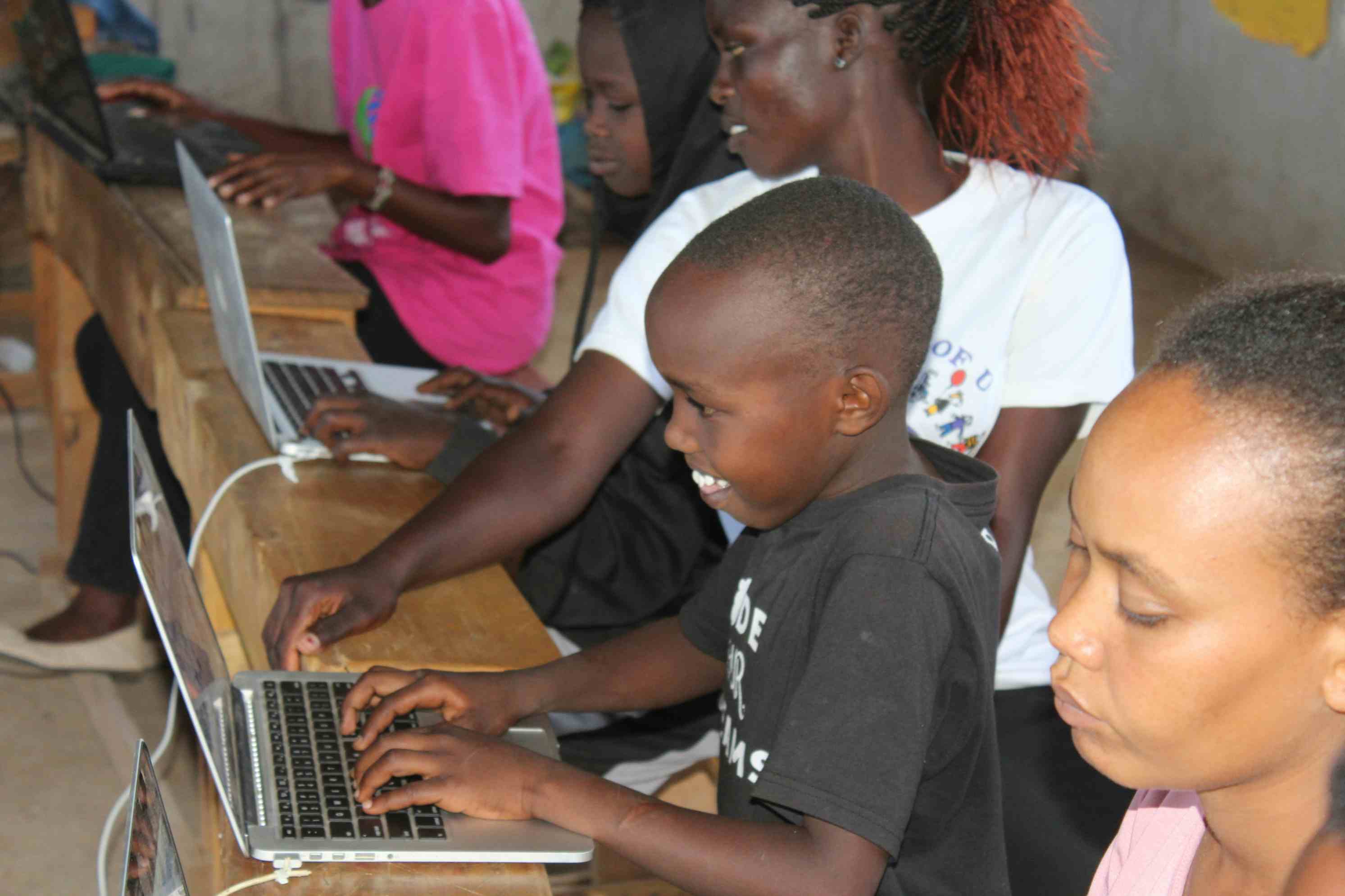
The Secret of Self-Efficacy in Education

Self-efficacy means believing in your ability to succeed in any situation. In a learning environment, self-efficacy shapes how teachers and learners set objectives and go about achieving them.
A study by the International Finance Corporation on Africa’s development in Kenya, Rwanda, Nigeria, Mozambique, and Cote d’Ivoire showed an urgent need to reduce the digital skills gap by updating current learning systems that lack self-efficacy. For example, 57 million jobs in the five countries will need digital skills by 2030.
The ultimate path to enjoying the benefits of self-efficacy in education is incorporating it into learning programs, as explained below.
How to Measure Self-Efficacy in a Learning Environment
To determine the self-efficacy level, you should examine how the learner reacts to challenging tasks. The learners can be grouped into weak or strong self-efficacy levels, as follows.
Students with a weak sense of self-efficacy avoid challenging tasks. A study on first-year students at Bahçeşehir University on the students’ opinion about intelligence showed that students with low self-efficacy believed that intelligence is inborn and cannot be changed.
For example, such students are likely to dodge challenging topics in Mathematics. Mostly, the learners get comfortable with poor performance and quickly lose confidence in their capabilities.
On the other hand, learners with high self-efficacy love tackling challenges. Apart from excelling academically, such learners can analyze and control their reactions to new challenges at the community level.
Students with a strong sense of self-actualization build a solid understanding of interest and commitment to their activities. They perceive challenges as tasks to be mastered.
The learners with high self-efficacy strive to find better ways of solving problems or mastering problem-occurrence patterns to address new challenges promptly. Better yet, such students can quickly recover from failures.
Understanding your students’ self-efficacy level will enable you to choose and implement the most appropriate source of self-efficacy for them.
Sources of Self-Efficacy in Education
There are four primary sources of self-efficacy, according to Albert Bandura, the founder of self-efficacy theory. These are previous accomplishments, derived experience, Verbal persuasion, and emotional state.
- _Previous accomplishments_ speed up a learner’s mastery expectations, while continued failure decreases a student’s self-efficacy.
- _Derived experience_ Students who witness other students accomplish target results by adhering to a process are likely to gain self-efficacy.
- _Verbal persuasion_ Through encouragement to adopt an idea, the learner can build self-efficacy. For example, as Piaget’s schematic theory confirms, many students show a rise in their self-efficacy if they are exposed to suggestion-led coaching and evaluative feedback.
- _Emotional/Psychological state_ Negative emotional states such as anxiety can suppress a student’s judgment of the weight of the problem at hand.
You can apply the most appropriate method to boost learners’ self-efficacy after identifying sources of self-efficacy, as explained above.
Simple Ways to Improve Self-Efficacy in Students
Learning institutions can increase the self-efficacy of their students by observing these simple practices.
- The classroom should free students to ask questions and give suggestions.
- The teacher should avoid teaching practices that ignore a student’s input.
- It would help to avoid practices that compare students’ performance against each other. Although this can boost the self-efficacy of top performers, it lowers the self-esteem of many students.
- The teacher should give moderately tricky tasks, frequent and focused feedback.
- Encourage the learners to keep trying and make personal choices when handling a problem.
- Apart from accurate attributions, the teachers should encourage a peer-to-peer learning model.
Combining self-efficacy and self-regulated learning is the best route to create a strong batch of learners to handle the quickly changing challenges of the digital era.
For example, addressing the skills gap in Africa demands extensive analysis and deployment of the available technology.
Self-regulated learning is crucial. It entails learning methods like self-monitoring, self-instruction, goal-setting, and self-reinforcement that are scalable to a broad array of challenges facing modern societies.
Learning institutions play an enormous role in boosting the self-efficacy of their students. It would help if they applied the above methods to create interactive learning platforms that are key to propelling and harvesting the fruits of self-efficacy in education.
How TechLit Africa Incorporates Self-Efficacy in Education
TechLit Africa is an example of a learning environment that understands the role of efficacy and implements it in education.
The organization teaches kids touch-typing, research skills, app building, and pair programming through self-efficacy and self-regulated learning. The learners get a chance to learn from peers and explore personal interests.
Key Takeaway
Now that you have learned the relevance of self-efficacy in education, you can apply them in classrooms. Alternatively, you can contribute through a non-profit organization.
References
About The Author

Tyler Cinnamon is a American programmer and entrepreneur. He started TechLit Africa with Nelly Cheboi in 2018 to disrupt poverty with used IT devices.